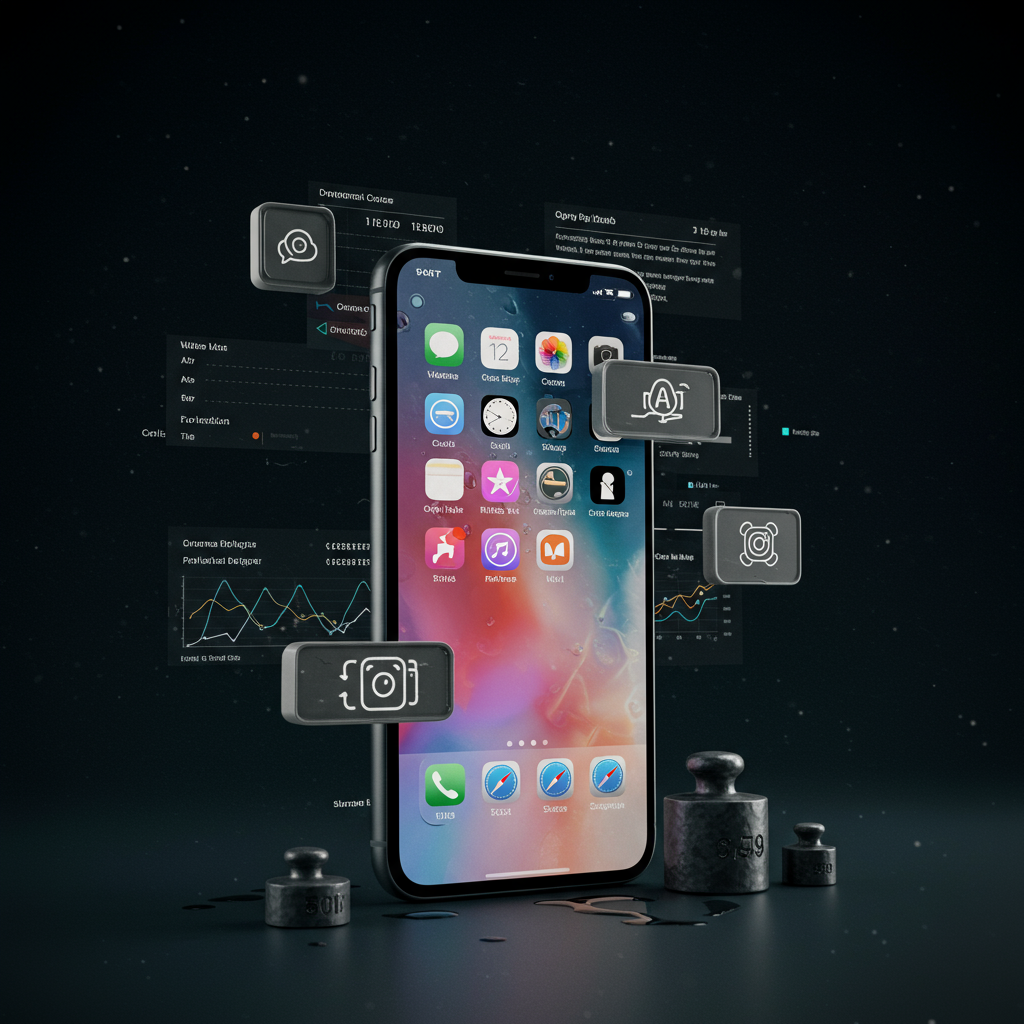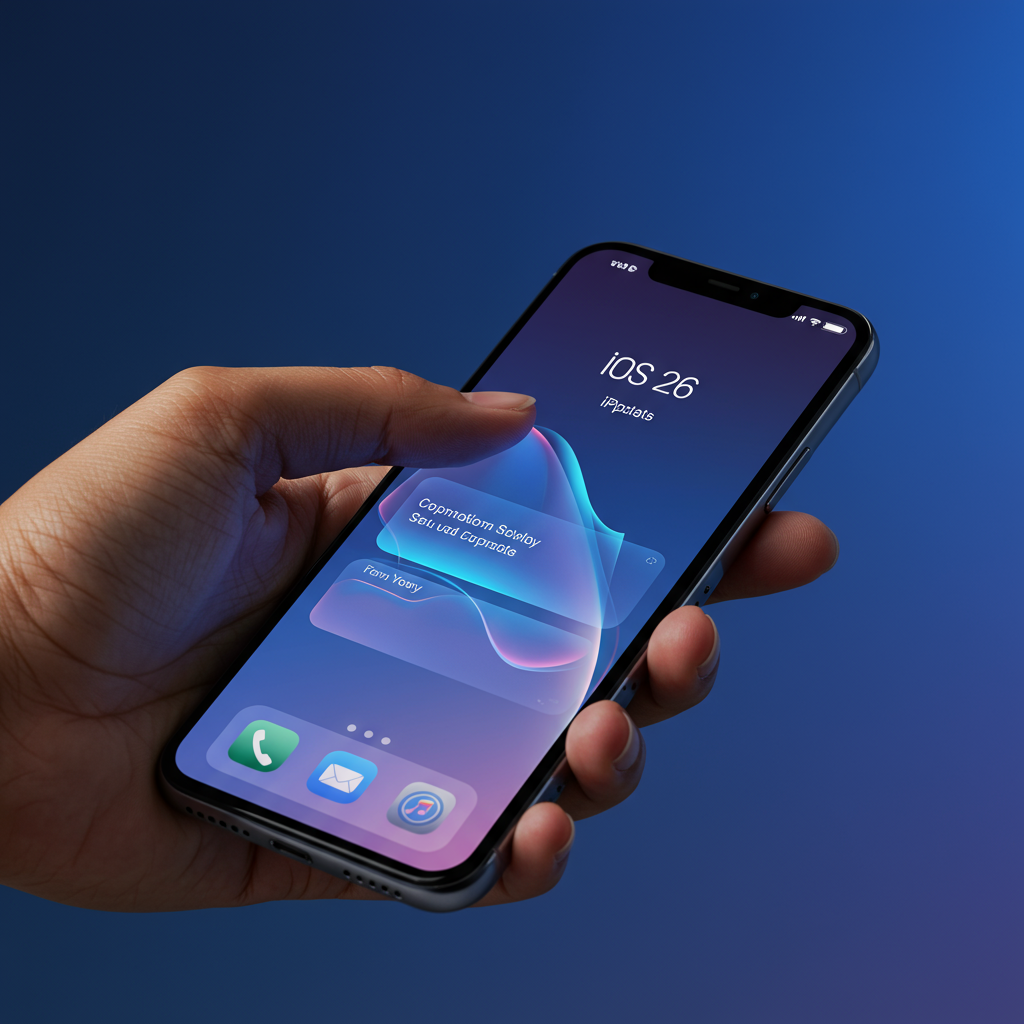Apple is reportedly facing significant pressure to ensure its next iPhone model is a major success. This urgency stems partly from a perception that the company’s recent advancements in Artificial Intelligence (AI) have been underwhelming compared to competitors, shifting the focus and burden onto the device’s hardware to drive upgrades and sales.
Why the Stakes Are High
The iPhone remains absolutely critical to Apple’s vast business, accounting for roughly half of its annual revenue. Its performance also has massive implications for a sprawling ecosystem of component manufacturers and wireless carriers globally. A disappointing sales cycle sends ripples throughout the entire tech supply chain.
At its recent developer conference in June, Apple previewed iOS 26, the software expected to power the upcoming iPhone. However, initial reactions suggest the signature features shown for iOS 26 are expected to be mostly cosmetic, unlikely on their own to compel a broad upgrade cycle among consumers holding onto their current devices longer.
Mounting Headwinds & AI Stumbles
Apple isn’t just battling perceptions of AI sluggishness; it faces a confluence of broader challenges. These include growing global economic uncertainty and the persistent industry trend of people upgrading their smartphones less frequently. Adding to the complexity are potential higher tariffs linked to US-China trade tensions, which are already creating pressure and uncertainty across Apple’s vast supply chain and fueling speculation about potential price increases for future iPhone models, like the rumored iPhone 17 series.
Compounding the pressure is the widely held view that Apple has been slower than major tech rivals to integrate cutting-edge generative AI. Despite announcing “Apple Intelligence” capabilities a year ago, key promised features, particularly a significant overhaul of the Siri voice assistant, reportedly did not materialize as expected. This delay is now rumored to push a truly AI-enabled Siri back to mid-2026. Analysts suggest Apple may have underestimated the scale of the AI shift, overpromised features, and is now playing catch-up. This perceived lack of progress on AI was reportedly a disappointment at the June conference, contributing to concerns among investors and analysts.
Hardware Hopes Amid Software Gaps
In response to the need for a compelling upgrade proposition, rumors persist about hardware innovations, including the potential launch of a thinner ‘iPhone Air’ model this year. Such a move could entice consumers considering an upgrade. However, even impressive new hardware improvements may not be sufficient on their own to fully counteract the market trends of extended phone lifecycles and intense AI competition. Experts argue that while hardware is always key to driving upgrades, powerful AI software is increasingly becoming a necessary counterpart.
Legal Battles and Financial Obligations
Adding further layers of pressure, Apple is navigating significant legal challenges. The company recently agreed to a $490 million settlement to resolve a shareholder lawsuit claiming CEO Tim Cook made misleading statements about declining iPhone demand in China back in 2018, shortly before a significant stock price drop.
Furthermore, Apple is currently facing a proposed class action lawsuit filed by shareholders alleging the company downplayed the complexity and time needed to integrate advanced AI features into Siri. This lawsuit claims that these AI delays have negatively impacted iPhone sales and, consequently, the company’s stock price, seeking damages for financial losses incurred over the past year. These legal actions underscore the multifaceted nature of the pressures Apple is under, extending beyond just product development to financial and legal fronts.
The Path Forward
Industry observers believe Apple may need to move beyond small AI acquisitions and potentially explore expanding AI partnerships beyond its existing OpenAI alliance, possibly including collaborations with Google or Perplexity. Integrating AI into its software ecosystem might even require Apple to rethink its traditional tightly controlled “closed versus open ecosystem” model.
Beyond AI and hardware, Apple also faces strain in its relationship with the developer community, who express dissatisfaction with App Store controls and commission structures, adding another “double black eye” alongside the perceived failure to deliver promised functionality.
The rectangular iPhone form factor we’ve known for years might also evolve as the industry moves towards more ambient, hands-free access to AI assistants. Ultimately, securing future success means Apple must deliver not only compelling new hardware but also significantly advance its AI capabilities and potentially explore new device types while navigating market headwinds, legal challenges, and supply chain complexities.
Despite the current challenges, including a stock price noted to be down for the year at the time of reporting, some Wall Street analysts maintain a “Moderate Buy” consensus for Apple stock, seeing potential upside from current levels over the long term. However, the immediate test lies in the reception of the next iPhone generation and Apple’s ability to demonstrate meaningful progress in the AI race.




